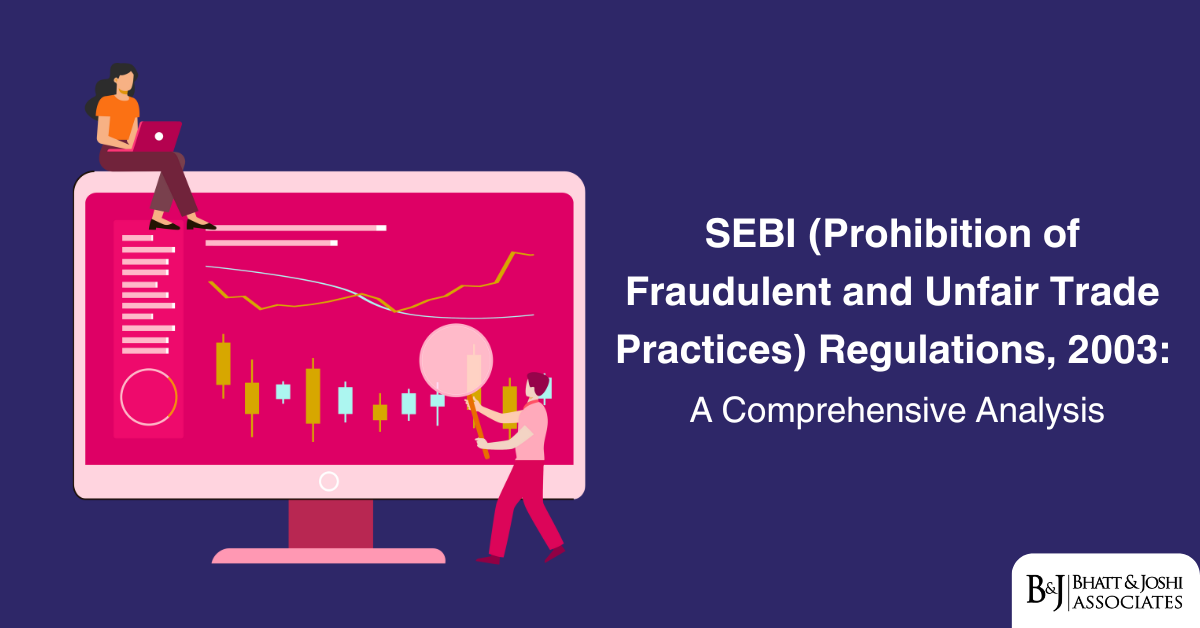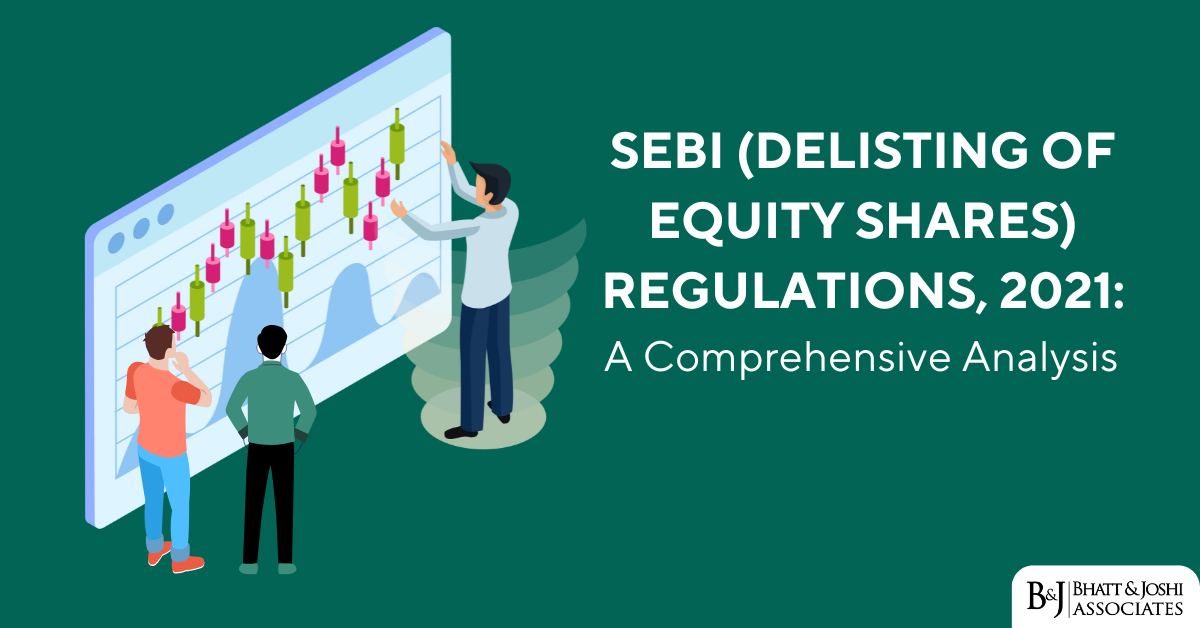Introduction
The Securities and Exchange Board of India (SEBI) enacted the Prohibition of Fraudulent and Unfair Trade Practices (PFUTP) Regulations in 2003 to address growing concerns regarding market manipulation and fraudulent activities in India’s securities markets. These regulations represented a significant evolution from the earlier 1995 regulations and were formulated in response to several high-profile market manipulation cases that had eroded investor confidence. The SEBI PFUTP Regulations 2003 establish a comprehensive framework that defines fraud, prohibits specific manipulative activities, and empowers SEBI with robust enforcement mechanisms to maintain market integrity.
Historical Context and Evolution
The PFUTP Regulations were introduced at a crucial juncture in India’s financial market development. Following the securities scam of 1992 and subsequent market manipulation incidents in the late 1990s, the need for stronger anti-fraud provisions became apparent. The 2003 regulations substantially expanded the scope of the previous framework to address sophisticated forms of market manipulation emerging in an increasingly electronic trading environment.
Over the years, these regulations have undergone several amendments to address new challenges and manipulation techniques. Notable amendments include the 2008 revision that strengthened the definition of fraud and the 2018 amendment that incorporated provisions to address algorithmic trading manipulation.
Key Regulatory Provisions of SEBI PFUTP Regulations 2003
Definition of Fraud
Regulation 2(1)(c) provides an expansive definition of fraud that covers various deceptive practices in the securities market. The definition states:
“Fraud includes any act, expression, omission or concealment committed whether in a deceitful manner or not by a person or by any other person with his connivance or by his agent while dealing in securities in order to induce another person or his agent to deal in securities, whether or not there is any wrongful gain or avoidance of any loss, and shall also include—
(1) a knowing misrepresentation of the truth or concealment of material fact in order that another person may act to his detriment; (2) a suggestion as to a fact which is not true by one who does not believe it to be true; (3) an active concealment of a fact by a person having knowledge or belief of the fact; (4) a promise made without any intention of performing it; (5) a representation made in a reckless and careless manner whether it be true or false; (6) any such act or omission as any other law specifically declares to be fraudulent; (7) deceptive behavior by a person depriving another of informed consent or full participation; (8) a false statement made without reasonable ground for believing it to be true; (9) the act of an issuer of securities giving out misinformation that affects the market price of the security, resulting in investors being effectively misled even though they did not rely on the statement itself or anything derived from it other than the market price.”
This comprehensive definition demonstrates SEBI’s intention to cast a wide net in capturing various forms of market deception.
Prohibited Activities
The core prohibitions are contained in Regulations 3, 4, and 5.
Regulation 3 prohibits dealing in securities in a fraudulent manner and encompasses activities like creating false market appearance, price manipulation, and publishing misleading information.
Regulation 4 specifically addresses market manipulation, benchmark manipulation, and misuse of price-sensitive information. It states:
“No person shall— (a) buy, sell or otherwise deal in securities in a fraudulent manner; (b) use or employ, in connection with issue, purchase or sale of any security listed or proposed to be listed in a recognized stock exchange, any manipulative or deceptive device or contrivance in contravention of the provisions of the Act or the rules or the regulations made thereunder; (c) employ any device, scheme or artifice to defraud in connection with dealing in or issue of securities which are listed or proposed to be listed on a recognized stock exchange; (d) engage in any act, practice, course of business which operates or would operate as fraud or deceit upon any person in connection with any dealing in or issue of securities which are listed or proposed to be listed on a recognized stock exchange in contravention of the provisions of the Act or the rules and the regulations made thereunder.”
Regulation 5 prohibits unfair trade practices related to securities, including artificially influencing securities prices, trading without intention of change in beneficial ownership, and spreading false information to induce securities transactions.
Investigation and Enforcement
Chapter III of the regulations outlines SEBI’s investigative powers. Regulation 8 empowers SEBI to appoint investigating authorities to examine suspected violations. These authorities can:
- Require any person connected with the securities market to furnish relevant information
- Order production of books, registers, and other documents
- Summon and enforce attendance of persons
- Examine witnesses under oath
The investigation process culminates in a report submitted to SEBI, which forms the basis for subsequent enforcement actions.
Penalties and Sanctions
Chapter IV details the penalties and sanctions. Regulation 11 allows SEBI to issue directions including:
- Suspending trading of specific securities
- Restraining persons from accessing the securities market
- Impounding unlawful gains
- Directing disgorgement of wrongfully obtained money
- Imposing monetary penalties as specified under Section 15HA of the SEBI Act
The quantum of monetary penalties can be substantial, with Section 15HA allowing for penalties up to ₹25 crore or three times the amount of profits made from such practices, whichever is higher.
Landmark Judicial Interpretations
Ketan Parekh v. SEBI (2006)
In this seminal case, the Supreme Court established critical standards for identifying market manipulation. Ketan Parekh engaged in circular trading and price manipulation in certain stocks, creating artificial market activity. The Court held that manipulation could be proven through circumstantial evidence and trading patterns, not necessarily requiring direct evidence of intent. The judgment stated:
“Market manipulation is a deliberate attempt to interfere with the free and fair operation of the market and create artificial, false or misleading appearances with respect to the price of, or market for, a security. The question of manipulation ultimately turns on whether the transaction under scrutiny was intended to create a false impression of market activity.”
This judgment significantly expanded SEBI’s ability to prove manipulation through trading pattern analysis.
Satyam Computer Services v. SEBI (2014)
This SAT appeal followed the massive corporate fraud at Satyam Computer Services. The tribunal established standards for corporate fraud under the PFUTP framework, holding that directors and key management personnel could be held liable for accounting fraud that impacts securities prices. The tribunal emphasized:
“When corporate entities make false or misleading statements in their financial statements that materially impact securities prices, such actions squarely fall within the ambit of Regulation 4(2)(f) and (k) of the PFUTP Regulations. Corporate fraud is not merely an accounting issue but a securities fraud issue when it impacts market prices.”
Vijay Mallya v. SEBI (2017)
In this case involving United Spirits Limited, the SAT established important standards regarding disclosure fraud. The tribunal held that selective disclosure and concealment of material information by promoters constitutes fraud under the PFUTP Regulations. The judgment noted:
“The duty of candid disclosure is fundamental to market integrity. When a promoter or director selectively discloses information or conceals material facts that would impact investment decisions, such conduct constitutes fraud within the meaning of Regulation 2(1)(c), regardless of whether there was direct inducement to specific investors.”
Gitanjali Gems v. SEBI (2019)
This case provided significant insights into synchronization and circular trading as market manipulation techniques. The SAT upheld SEBI’s findings that the Gitanjali Group had engaged in circular trading to artificially inflate trading volumes. The judgment elaborated on the concept of connected trading:
“When trading occurs between entities with clear connections, with no apparent economic rationale beyond creating artificial volume or price movements, such trading falls squarely within the prohibition under Regulation 4(2)(b). The economic substance of transactions, rather than their legal form, will determine their legitimacy under the PFUTP framework.”
Contemporary Regulatory Challenges and Future Directions
The PFUTP Regulations face significant challenges in addressing emerging forms of market manipulation. High-frequency trading, social media-driven market movements, and cross-border manipulation schemes present new enforcement challenges. Recent SEBI circulars have attempted to address these issues by requiring enhanced surveillance mechanisms and imposing stricter disclosure requirements.
The global regulatory landscape is also evolving, with jurisdictions like the US and EU implementing more sophisticated anti-manipulation frameworks. SEBI has been increasingly aligning its approach with international best practices while maintaining focus on India-specific market vulnerabilities.
Conclusion
The PFUTP Regulations have evolved as a cornerstone of India’s securities market regulation. Through comprehensive provisions and robust enforcement mechanisms, they have contributed significantly to enhancing market integrity. However, the dynamic nature of financial markets necessitates continuous adaptation of these regulations to address emerging challenges. The interpretation and application of the SEBI PFUTP Regulations 2003 through judicial decisions have further refined their scope and effectiveness, creating a more sophisticated and resilient regulatory environment. As technology and trading practices evolve, SEBI must continue to innovate its regulatory strategies to uphold investor confidence and ensure fair and transparent market practices.














